Last month, i went to Florence to visit Emotional Systems, the inaugural exhibition of the brand new Strozzina.
You’re going to hear about the Centre for Contemporary Culture Strozzina (CCCS) in the coming months i’m sure. The space was created as platform for the different approaches and practices that characterise the production of contemporary art and culture. That doesn’t seem much but in a city like Florence which lives and breathes Renaissance there was very little space left for contemporary art so far. Its Project Director Franziska Nori is a curator of new media art (she co-produced and curated produced exhibitions such as I Love You exploring the worlds of hackers and viruses, adonnaM.mp3 devoted to p2p and file-sharing, Digital Origami about the demo scene.) CCCS is not a digital art center though but its mission is to highlight all forms of contemporary culture and this includes media art.
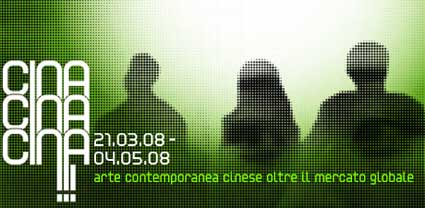
Just to wet your appetite, CCCS’s next exhibition CINA CINA CINA !!! will present the work of 15 contemporary Chinese artists whose artistic practice searches for an independent cultural identity free of the restrictive rules of the global market. It opens on March 21 and closes on May 4.
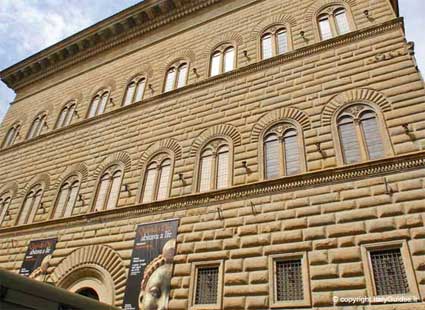 Palazzo Strozzi (image)
Palazzo Strozzi (image)
The exhibition space is located in the recently restored spaces under the courtyard of Palazzo Strozzi, an impressive don’t-mess-with-me palace in Florence. Its construction begun in 1489 by Benedetto da Maiano, for banker and statesman Filippo Strozzi the Elder, a rival of the Medici who wanted the most magnificent palace as a political statement of his own status. Filippo Strozzi died in 1491, long before the construction’s completion in 1538. Duke Cosimo I de Medici confiscated it in the same year, not returning it to the Strozzi family until thirty years later.
The exhibition that launched the center was Emotional Systems – Contemporary Art between Emotion and Reason. Curated by Franziska Nori and phenomenologist Martin Steinhoff, the show invited the audience to reflect on the relationship between the contemporary artist, the artwork and the viewer, in the light of the latest discoveries in the neurological sciences about the human brain and its effects on the emotions.
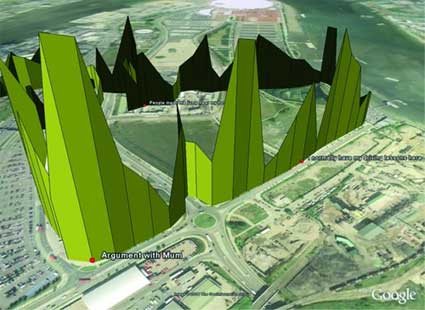 Christian Nold, Emotional Mapping Greenwich, 2005
Christian Nold, Emotional Mapping Greenwich, 2005
Each room of the Strozzina is devoted to one artist, each focusing on different aspect of emotion and empathy with the public. All of them are perfectly documented on the exhibition website, but here’s a selection:
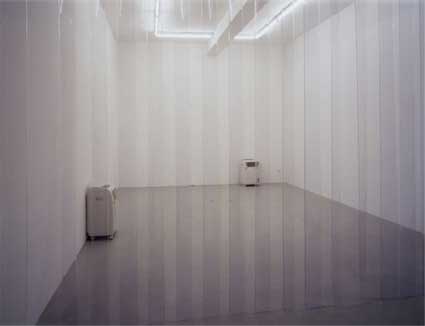 Teresa Margolles, Aire, 2003
Teresa Margolles, Aire, 2003
Teresa Margolles‘ installation takes you by the guts. The strategy of Air/Aire is as minimalistic as it is powerful, it calls for the immediate reality of experience rather than the power of representation, the whole experience is paradoxicaly triggered not by an image but an absence.
You enter the installation room through a transparent plastic curtain, the kind that you’d expect to find in the workshop of a butcher. The room is completely white and apparently empty apart from a working air-conditioning unit. The air is slightly humidified.
That’s it, so you either pass your way thinking that it is just an empty room or spot the exhibition label and start to read the elements used in making the installation: the conditioning system and vaporised water.
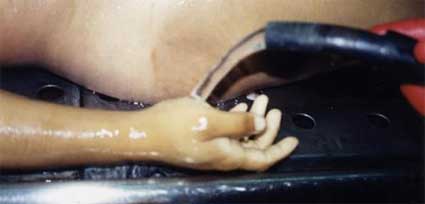 Image from an other work of the artist: Muerte sin fin
Image from an other work of the artist: Muerte sin fin
Margolles works also as a forensic technician in public mortuaries in Mexico City and that’s where the water comes from. It was used to wash the corpses of as yet unidentified people prior to autopsy. Her works is a “memento mori” whose impact is not diminished by the complete absence of any representation of death. The visitor’s awareness and their inevitable emotional response of repulsion becomes an essential part of the artistic process.
As a visceral motor reaction, disgust is included together with fear and pain among the primary emotions pinpointed by Italian neuroscientist Professor Giacomo Rizzolatti as underlying the so-called “mirror mechanism”.
 The active agents of this mechanism are the mirror neurons in the brain, a particular class of neurons characterized by the property of firing not only when the individual performs a particular action but also when he or she sees or simply hears someone else perform it. In short, when someone observes a work of art, this triggers a sort of re-creation in the sense that the viewer does not remain passive but projects his or her ‘inner state’ onto it.
The active agents of this mechanism are the mirror neurons in the brain, a particular class of neurons characterized by the property of firing not only when the individual performs a particular action but also when he or she sees or simply hears someone else perform it. In short, when someone observes a work of art, this triggers a sort of re-creation in the sense that the viewer does not remain passive but projects his or her ‘inner state’ onto it.
A good example of this emotional transfer is Bill Viola‘s video series The Passions in which everyday people perform scenes from the classic Christian iconography. The figures are extrapolated from religious symbology and re-contextualized in a timeless and universally poetic dimension as a metaphor of the essence of the human condition.
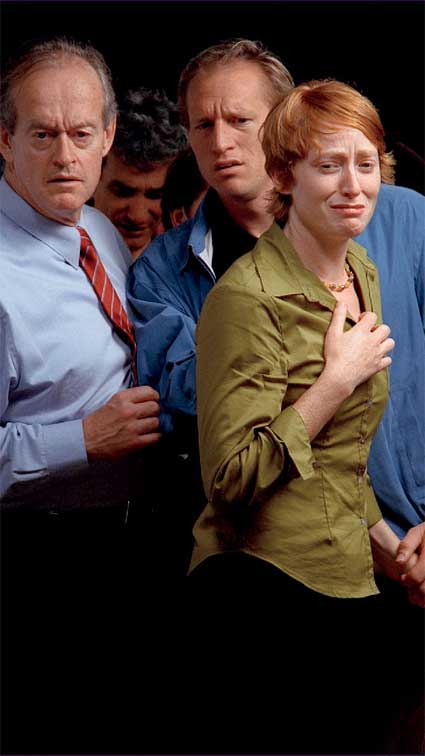 Bill Viola, Observance, 2002. Photo credit Kira Perov
Bill Viola, Observance, 2002. Photo credit Kira Perov
Observance draws inspiration from Albrecht Dürer‘s The Four Apostles (1526), a pair of altar wings depicting the grief shared by the four apostles over the death of Christ. It has sometimes been said that the work can be taken partly as a response to September 11. Actors enter and exit the performance space with their eyes fixed on a set point that remains hidden but seem to be located in the spectator’s space.
Although we are not permitted to see the cause of the performers grief, we can guess that death and loss are the reason for their emotion. It’s hard not to think of 9/11. The entire action unfolds in silence and extreme slow motion.
The face of most visitors, when entering the room and seeing the video, becomes solemn and almost sad. In neuroscientific terms, Viola’s work illustrate how empathy can emerge through visual impact and the triggering of mirror neurons, inducing what can correspond to an involuntary act of “mimesis”.
The third work i’d like to highlight is Nomadic Time, an installation, devised by Andrea Ferrara, a.k.a. Ongakuaw, which involves the connecting of a performer to a machine that detects her brainwaves.
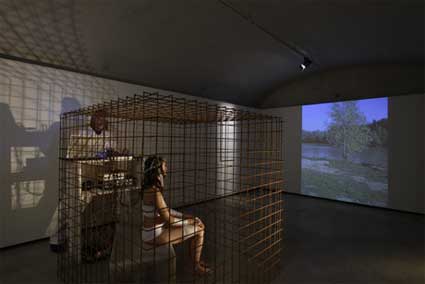
The device monitors four types of waves generated by the human brain:
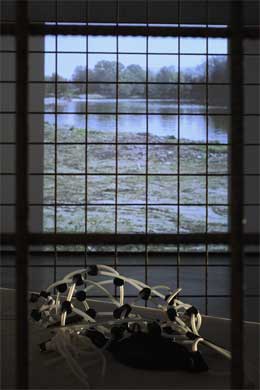 alpha waves which come from the subconscious mind and are generated primarily by the region of the memory, upon which the subconscious is based; beta waves which are born in the conscious mind, and are related to all activities during the awake state when the person is concentrated on external stimuli; theta waves which constitute waves of psychical power together with delta waves; gamma waves which are those of the deep psychical powers, like those of a medium in a trance.
alpha waves which come from the subconscious mind and are generated primarily by the region of the memory, upon which the subconscious is based; beta waves which are born in the conscious mind, and are related to all activities during the awake state when the person is concentrated on external stimuli; theta waves which constitute waves of psychical power together with delta waves; gamma waves which are those of the deep psychical powers, like those of a medium in a trance.
While the performer is closed in the cage like a laboratory animal. She is made to watch a video,while her emotional response in the form of waves emitted by the brain is recorded, codified and digitally sampled by computer.
The video sequence shows 257 still shots of a tree by the River Arno, photographed by the artist in the course of the year.
The number of these shots corresponds to the number of days that Ferrara was actually on the spot to photograph the tree. The days when he could not make it are symbolized by single black image that appears for a fraction of a second on the screen and have only a subliminal impact on the spectator. This absence is also represented by the absence of the performer in the moments when the performance is suspended, leaving just the objects in an empty cage.
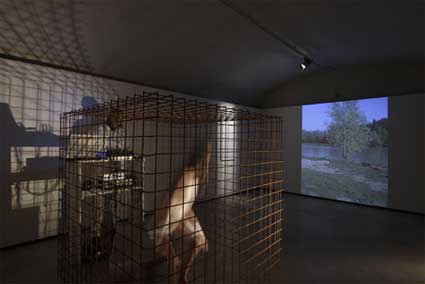
The coding is used as a control for an algorithmic compositional strategy of acoustic data. A custom-built software translates the waves recorded into musical sounds broadcast in the exhibition space, and the sound thus generated represents a real-time mapping of the emotions felt by the performer.
I’d also like to recommend the catalog that accompanies the exhibition as a way to explore the subject. It’s in fact a carefully selection of essays by neurologists, philosophers, anthropologists, art historian, and the curators who present with the peculiar perspective of their own discipline the rationality of emotions and, in David Freedberg’s words, the “relations between the formal aspects of an image and the emotional responses” of the user.
More images on flickr and CCCS.
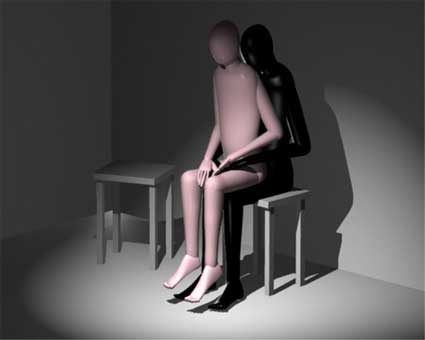 Yves Netzhammer, The Subjectivisation of Repetition, 2007
Yves Netzhammer, The Subjectivisation of Repetition, 2007
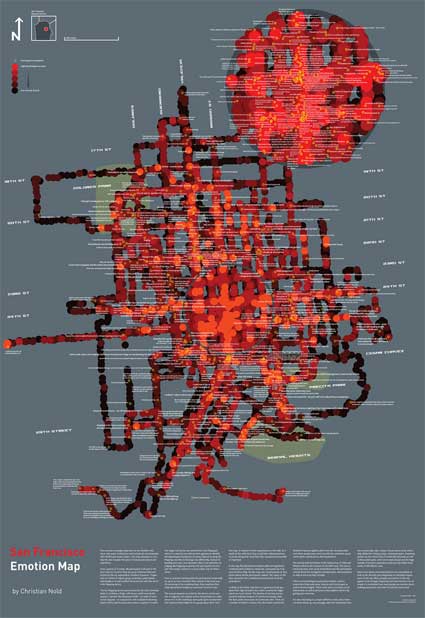 Christian Nold, Emotional Mapping San Francisco, 2007
Christian Nold, Emotional Mapping San Francisco, 2007
